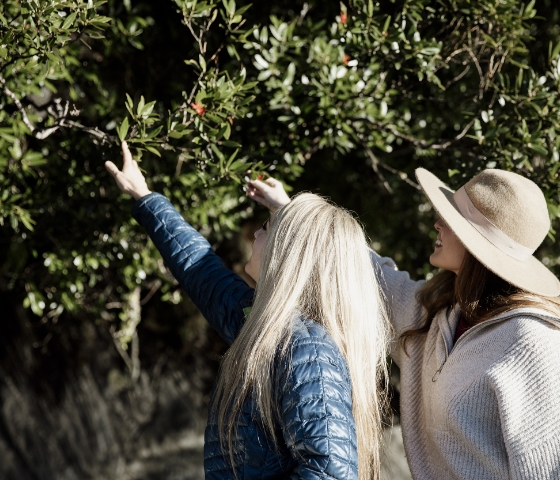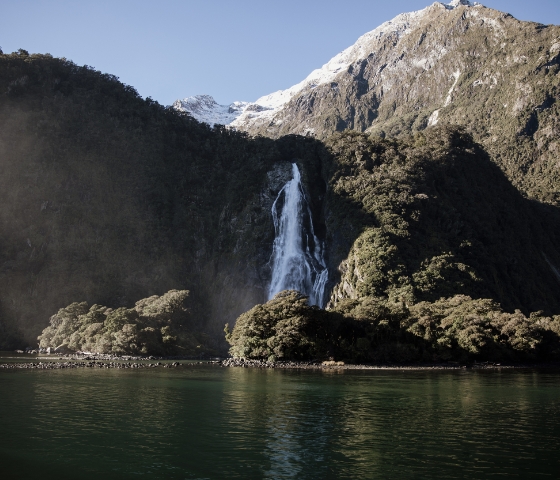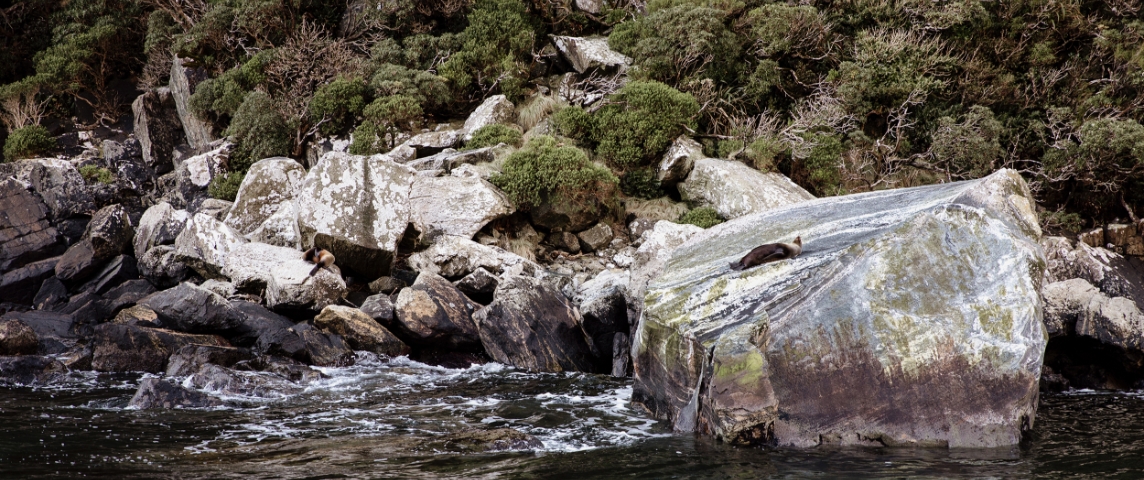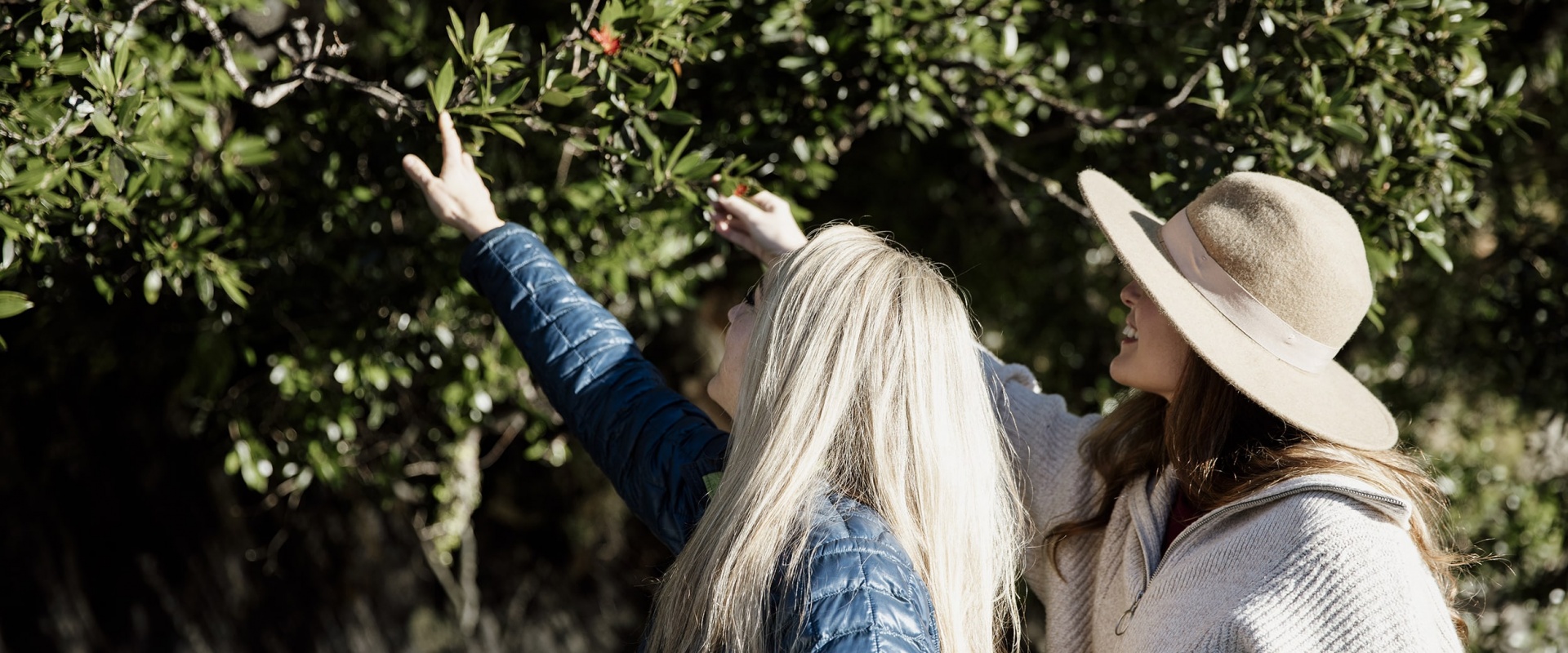Ancient Gondwana trees
New Zealand’s podocarp trees date back to the time when this country was part of the super continent Gondwana. That means these species are at least 80 million years old. Because of the breakup of this ancient continent, varieties of beech trees can be found in Australia, Chile, Papua New Guinea and New Caledonia.
Some of the most commonly known are rimu, totara, miro and kahikatea southern beeches.
The world’s largest fuschia tree
Kōtukutuku is the world’s largest fuschia. This tree grows in damp forest - perfect for the Milford area - and can reach up to 12 metres in height. Between August and December, small purple-red flowers appear on the trees. These leave behind dark purple berries, which are edible and reportedly have the same taste as tamarillos.
Sadly, possums love fuschia trees and have eaten them to destruction in many areas. Interestingly, the world’s smallest fuschia is also found in New Zealand, on the coast of the North Island.


The world's largest buttercup
The Mount Cook buttercup is the world's largest buttercup and one of New Zealand's most well-recognised alpine blooms. It can grow to over a metre tall with leaves reaching as big as 40 centimetres across. The dark green leaves are shaped like cups so they catch rainfall and can provide a water source for hikers.
However, walkers and trampers can damage this lovely flower when walking off formed tracks, so be sure to always stick to the trails in Fiordland.
Vegetable sheep
One of the most visually striking plants in the Southern Alps is the aptly named 'vegetable sheep'. With white colour and hairy leaves, this cushiony plant looks like a sheep from a distance. Growing up to 60 centimetres high and a metre across they are almost the size of a sheep. There are various species of this plant in New Zealand and all of them are endemic, making them completely unique and hilariously appropriate to New Zealand.
You can spot vegetable sheep in alpine areas, so look out for them on the Routeburn Track

Tikumu - waterproof mountain daisies
Mountain daisies are a common sight in mountainous areas of New Zealand. As well as being pretty, this is an interesting plant because of its history as a weaving plant.
Maori people used to use the downy hair underneath the leaves to waterproof their clothing. They would remove the soft down and work it into whitau (fibre) to make waterproof woven garments.
There are three surviving examples of tikumu cloaks in the world – two are housed in Canterbury Museum. More than 1,500 tikumu leaves would be used to make a cloak, with the outer layers scraped away, and the soft water-resistant underside used to make the garment. When woven with flax fibres, the long strips of tikumu leaves would channel the water off the back of the wearer.


